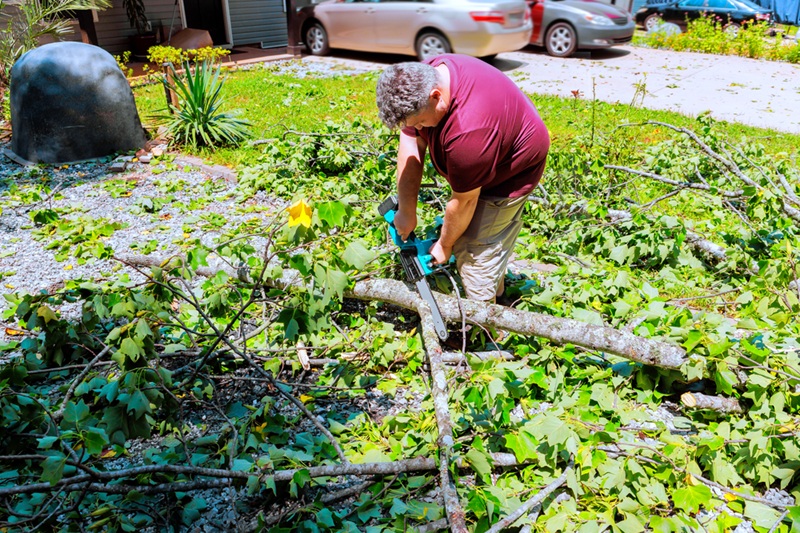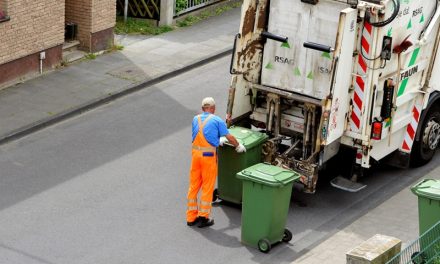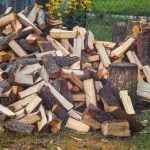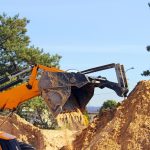The Simple Trick to Clearing Storm Debris Without Breaking Your Back

When a storm rolls through, it often leaves more than just puddles in its wake. Fallen branches, scattered limbs, and even toppled trees can quickly turn a tidy yard into a mess. Cleaning it up can feel overwhelming, but having the right approach — and the right tools, like a chainsaw for larger limbs — makes the job far easier. You don’t need to exhaust yourself to get things back in order. With a few smart strategies, you can clear storm debris efficiently without spending days bent over in the yard.
Work Smarter, Not Harder
The first step in tackling post-storm debris is assessing the situation. Walk your property and take note of what needs clearing. Is it mainly small branches and leaves, or are there larger tree limbs involved? Knowing what you’re dealing with helps you choose the right method. While rakes and garden bags work fine for smaller jobs, bigger branches need to be broken down into manageable pieces before removal. Having the right tool means less strain on your body and faster progress overall.
Safety Comes First
Before diving in, it’s important to prioritise safety. Storm-damaged trees can be unstable, and large branches may shift unexpectedly when you move them. Always wear protective gear like gloves, safety glasses, and sturdy boots. If you’re using power equipment, earmuffs and chainsaw chaps add another layer of protection. And remember, if a tree has fallen onto power lines or looks too risky to cut on your own, call in a professional rather than trying to handle it yourself.
Break It Down Into Manageable Steps
Clearing storm debris doesn’t have to be one giant task. Breaking it into smaller steps can save both time and energy. Start by gathering lightweight branches and twigs into piles. These can be bundled for curbside collection or chipped for mulch. Next, move on to medium-sized limbs that can be cut into sections and stacked neatly for firewood or disposal. Finally, tackle the larger sections one at a time, using proper lifting techniques or mechanical help like a wheelbarrow to avoid straining your back.
Use Tools That Do the Heavy Lifting
The right tools can make all the difference between an all-day slog and an efficient cleanup. Leaf blowers can push lighter debris into piles quickly, while loppers and pruning saws handle medium-sized limbs with ease. For the bigger stuff, mechanical aids like a dolly, log splitter, or garden cart reduce the need for heavy lifting. Even something as simple as a tarp can help — pile branches on it and drag them across the yard instead of carrying them one by one.
Think Beyond the Cleanup
Once the immediate mess is under control, take a moment to plan for the future. Regularly trimming trees and shrubs can reduce the risk of large limbs breaking off during storms. Clearing away deadwood before severe weather hits means less debris to deal with afterwards. You can also consider composting smaller branches and leaves, turning what looks like waste into nutrient-rich material for your garden.
When to Call in Reinforcements
Sometimes, even with the best tools and preparation, a storm can leave behind more than you can handle alone. If there’s a large amount of debris, or if heavy logs and dangerous angles are involved, hiring a tree service or landscaping crew may be the safer and more efficient choice. While it’s an extra cost, it can save your back — and potentially prevent serious injury.
Clearing Without the Burnout
Storm cleanup doesn’t have to mean days of exhausting labour. By assessing the situation, using the right tools, and breaking the job into smaller steps, you can restore order to your yard without straining yourself. Pair that with some smart preventative maintenance, and you’ll not only save time during the next storm season but also keep your property safer year-round.






























